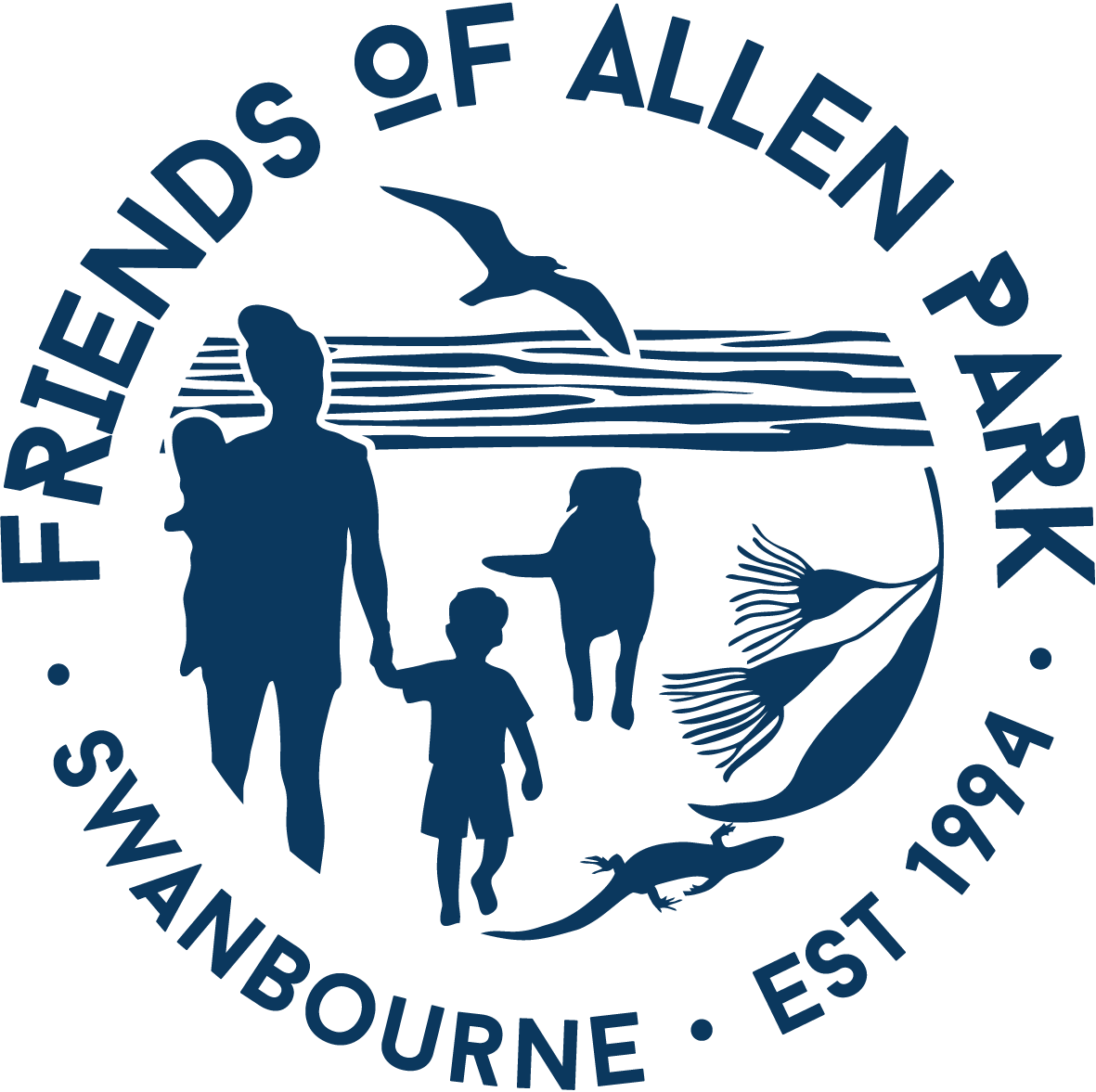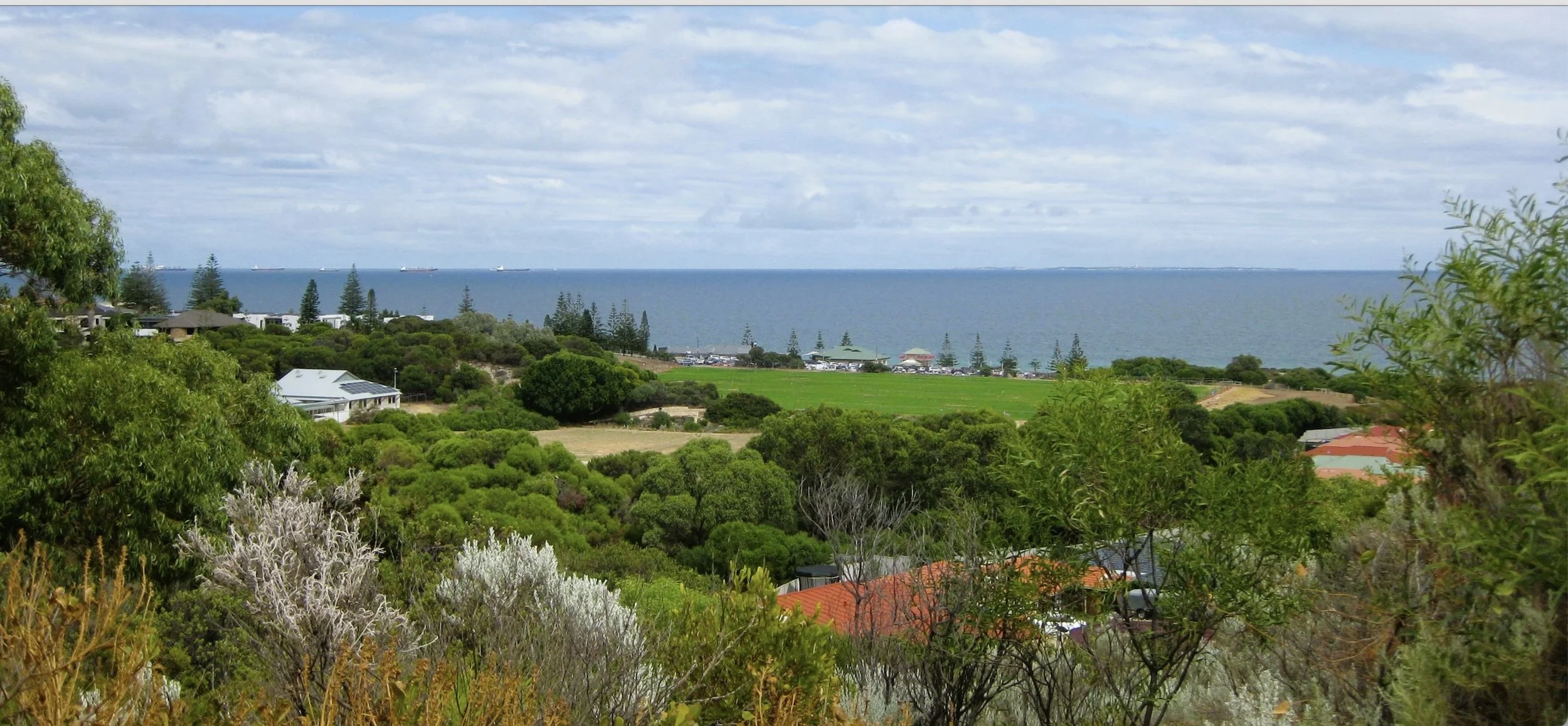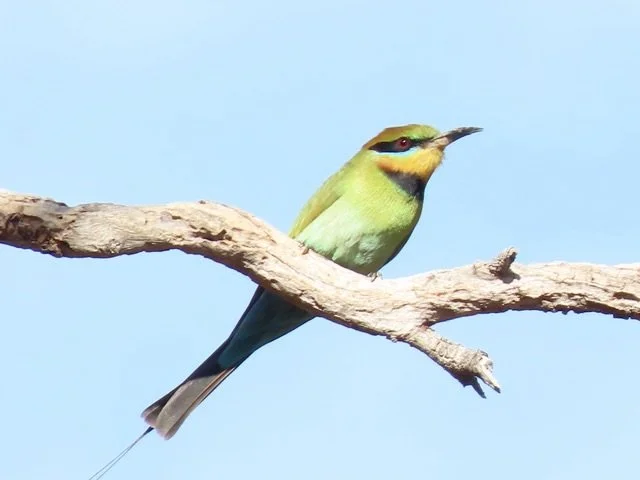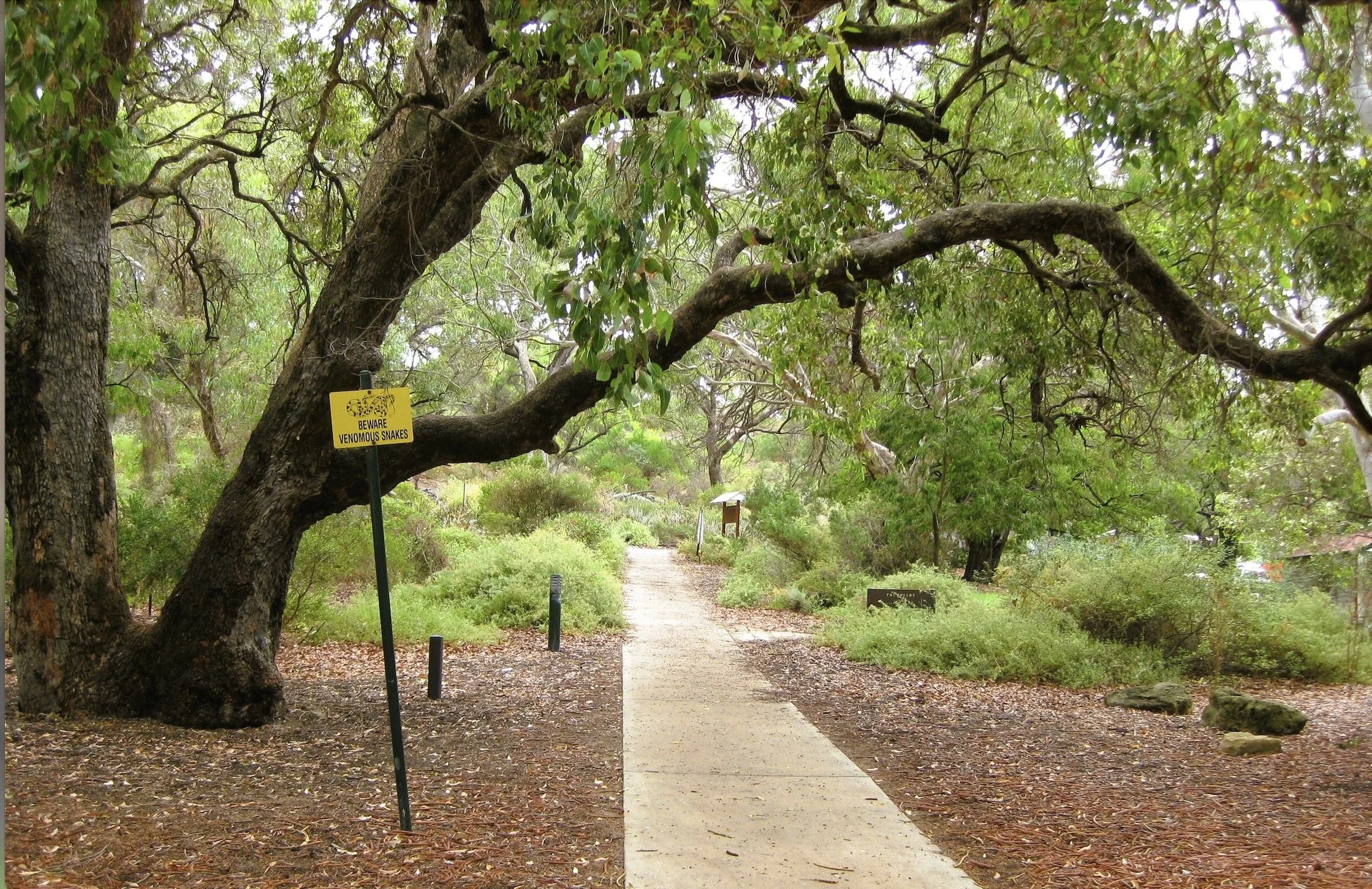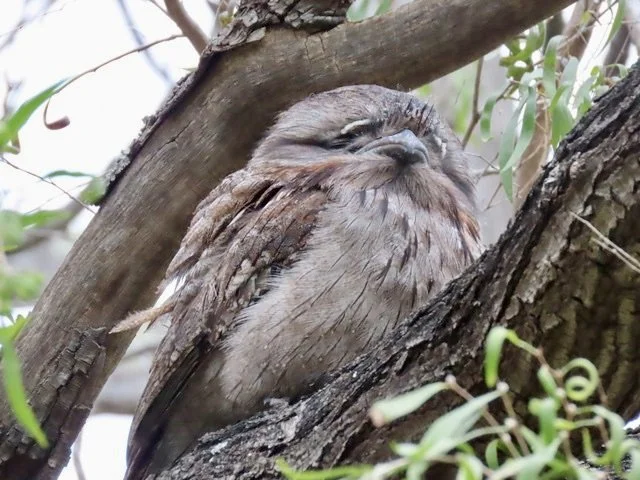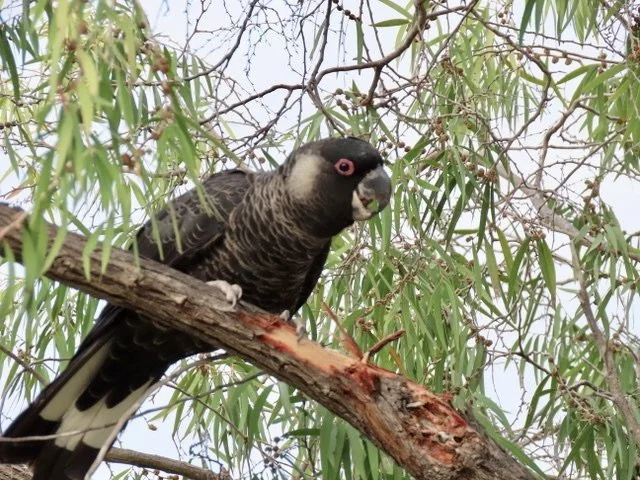Allen Park is a pocket of coastal bushland in Swanbourne, classified by the National Trust for its high conservation value
Allen Park is located in the Western Perth suburb of Swanbourne; within 1 kilometre of the coast (Indian Ocean).
Approximately 8 hectares of bushland (40% of Allen Park) surrounds Melon Hill which is a 40 metre high dune which formed part of the coastal defences up until 1991 when it became open to the public. Melon Hill is the highest vantage point in the area.
The climb up Melon Hill is short but steep, with steps cut into the hill. The top of the hill affords magnificent 360-degree views over Swanbourne to Rottnest Island and inland to the city buildings.
You can access the hill from the car park at Odern Crescent, the Heritage Precinct on Claire Copse/Kirkwood Road or from Sayer Street on the northern side.
Allen Park’s natural bush precinct is highly regarded and recognised for the extraordinary rehabilitation efforts of the volunteer group, Melon Hill Bushland Group Inc (formerly Friends of Allen Park Bushland Group), which, since the early 1990s, has been working closely with the City of Nedlands which manages the Allen Park’s Class A reserves.
The Park stretches inland from coastal foredunes, through coastal heath and open tuart-peppermint woodland to the eastern fringe including Jarrah and large Marri trees some hundred years old.
The Allen Park bushland provides linkages and corridors to adjacent and nearby bushland. BushForever site 315 is a critical link between the extensive coastal reserve and Melon Hill. Successive years of funding by NHT between 1997 and 2001 ensured that degraded areas were revegetated to secure linkages between fragmented areas of Allen Park.
Allen Park supports a variety of creatures – possums, bats, reptiles, fungi and Banksia sessilis. The big Tuarts, red Cocky’s Tongues and yellow acacias are sanctuary to wrens, honey-eaters, migratory Rainbow bee-eaters, 28s (Australian ringneck); and a popular stop over for endangered Carnaby’s cockatoos. Birds of prey enjoy the elevated vista and include Brown Goshawks, Black-shouldered Kites, occasional Peregrine Falcons and Barn Owls. Tawny Frogmouths favour the peppermints, and Boobook Owls nest in old-world Tuarts and Marris.
